Potato Moth (Phthorimaea operculella): [Characteristics, Detection, Effects and Treatment]
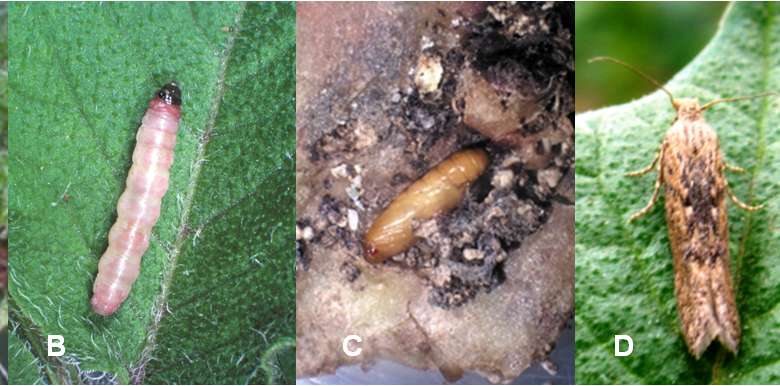
What is potato tuber moth?
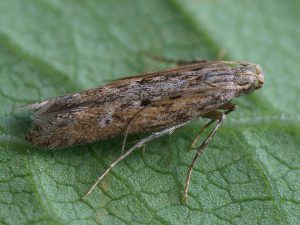 The Potato Moth, whose scientific name is Phthorimaea operculella, is a butterfly barely one centimeter long that causes a lot of damage to plantations of this universal tuber.
The Potato Moth, whose scientific name is Phthorimaea operculella, is a butterfly barely one centimeter long that causes a lot of damage to plantations of this universal tuber.
It also invades crops of high commercial and nutritional value, such as tomatoes, eggplants, and peppers.
These heterocera have nocturnal habits and are only part of the butterfly or moth families whose larvae attack stored food, as well as paper and textile fibers.
The caterpillar manages to penetrate the potato, after drilling it with great skill to enter through well-constructed holes, causing irreversible rotting of the product.These voracious eaters rather fit into several families of the Lepidoptera order, such as: pyralids, tortricids, gelequids and tineids, among others.
How can we identify it?
To identify these ferocious attackers, you have to follow the characteristics indicated below:
- Larvae are usually pinkish white, or dirty yellow with darker ends.
- They dig galleries in the tubers and leaves, in order to feed, but they also attack the aerial part of the plant, ruining them because they also open the floodgate so that other pathogenic agents such as bacteria, fungi and the like invade the tuber, until it rots..
- The females are short-lived, from crepuscular to nocturnal habits, because they come out in the late afternoon and look for a place to lay their eggs. So they prefer potatoes but also other Solanaceae.
- The adults do not exceed 1 cm in length and have gray wings with black spots, ending in perfect fringes.
- The pupal stage occurs within a light colored cocoon.
- The eggs are oval in shape and white, but as they mature they darken.
- The eggs are oval white at first, darkening later.
- They have a special predilection for warm climates that allow them to reproduce in about 6 generations per year.
What plants does potato tuber moth affect?
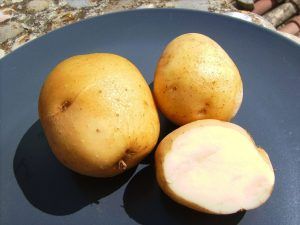 One of the favorite tuber species of these moths is precisely potatoes or potatoes.
One of the favorite tuber species of these moths is precisely potatoes or potatoes.
But as has already been said, they also significantly affect crops of tomatoes, peppers, and aubergines.In America, they also often cause damage to tobacco plantations.
How can we combat it?
There are several practices of daily use in plantations that can help prevent attacks by this very damaging moth, if it is allowed to reproduce on a large scale and become an insatiable pest.
heavy plow
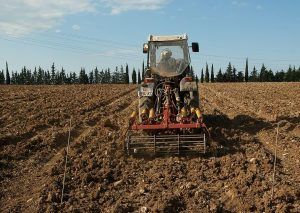 One way to quickly identify them is with the help of intensive plowing that should be done about 15 days before planting, because at the time of preparing the land, pupae and eggs can be exposed, as well as other types of insects. that damage crops.
One way to quickly identify them is with the help of intensive plowing that should be done about 15 days before planting, because at the time of preparing the land, pupae and eggs can be exposed, as well as other types of insects. that damage crops.
Likewise, it is necessary to remove the remains of tubers from previous harvests from the ground, which must be destroyed by burning them, because they are surely contaminated.
certified seeds
Another practice of continued use should be to use certified seeds, guaranteed, free of infestations.Another important fact is to avoid planting it in times of intense heat and drought, covering it correctly in order to prevent the appearance of larvae.
Irrigation
A good irrigation system, which always keeps the soil moist, prevents the moths from laying their eggs in the soil, because being affected by the water that hits them, they cannot take flight, since they get muddy with the earth and are neutralized or they die.
strategic pruning
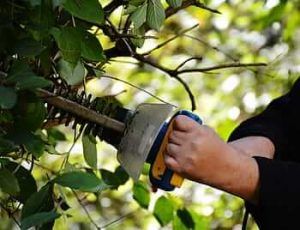 Whenever yellowish, dry, withered foliage is observed, it will be necessary to carry out a good pruning of the tubers, because they must surely be contaminated by insects.
Whenever yellowish, dry, withered foliage is observed, it will be necessary to carry out a good pruning of the tubers, because they must surely be contaminated by insects.
Likewise, it will be prudent to collect all the waste from the tubers, keeping the land always clean of organic remains, which must be destroyed with the help of fire.
Crop rotation
Another way to reduce the proliferation of pests of all kinds is with crop rotation. Not planting the same species in the same place contributes to the insects no longer having a secure food source.
refrigerated storage
In storage conditions, it is prudent that the place is very well ventilated or refrigerated, where the hygienic conditions are maximum, dry and in a dark environment, in order to prevent the attack of butterflies. If possible, protect all windows with wire mesh to prevent entry.
What are the best products to eliminate potato moth?
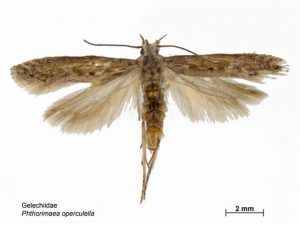 One of the biggest challenges in the fight against these moths is their extermination, because chemical products should not be used, since they are foods that are infested inside.
One of the biggest challenges in the fight against these moths is their extermination, because chemical products should not be used, since they are foods that are infested inside.
Therefore, there is no way to spray any insecticide on potatoes, for example, stored.The prudent thing will be to fight against the larva that lives inside the potato, taking extreme measures of security and hygiene in the storage sites.
A good way to deal with them is with a biological control system.Copidosoma koehleri is a small wasp about 1.8 mm in length capable of parasitizing moth eggs effectively.
It has a purplish-black color and transparent wings and in this oviposition process the females are vital to kill the butterfly moths.However, insecticides may be applied in the field whenever the need for extermination is absolutely urgent for economic and nutritional reasons.
A widely used insecticide in these cases are those called clopyrifos, special to liquidate adults, while methomyl is very effective to exterminate eggs due to its ovicidal nature.
Therefore, it should be applied just when the so-called tuberization process of the crop begins, directing its scope towards the internal areas of the foliage in the case of clopyrifos and towards the neck of the plant when the ovicide product is used.
Always before harvesting, it is advisable to apply an ovicide product if we notice that the moth population grows in about 4-5 weeks.With this action, we will be protecting the subsequent storage process of the tuber.

![Photo of Spinach Irrigation: [Needs, Frequency and Procedure]](https://www.complete-gardening.com/wp-content/uploads/2021/06/espinacas_cultivo_1621208188-390x220.jpg)
![Photo of Poisonous Plants: [The 10 Most Dangerous in the World]](https://www.complete-gardening.com/wp-content/uploads/2021/06/Plantas-venenosas-Sembrar100.com_-390x220.png)
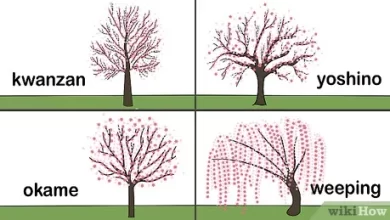
![Photo of Fenugreek: [Utility, Intake, Contraindications and Active Principles]](https://www.complete-gardening.com/wp-content/uploads/2022/08/fenugreek-utility-intake-contraindications-and-active-principles-390x220.jpg)